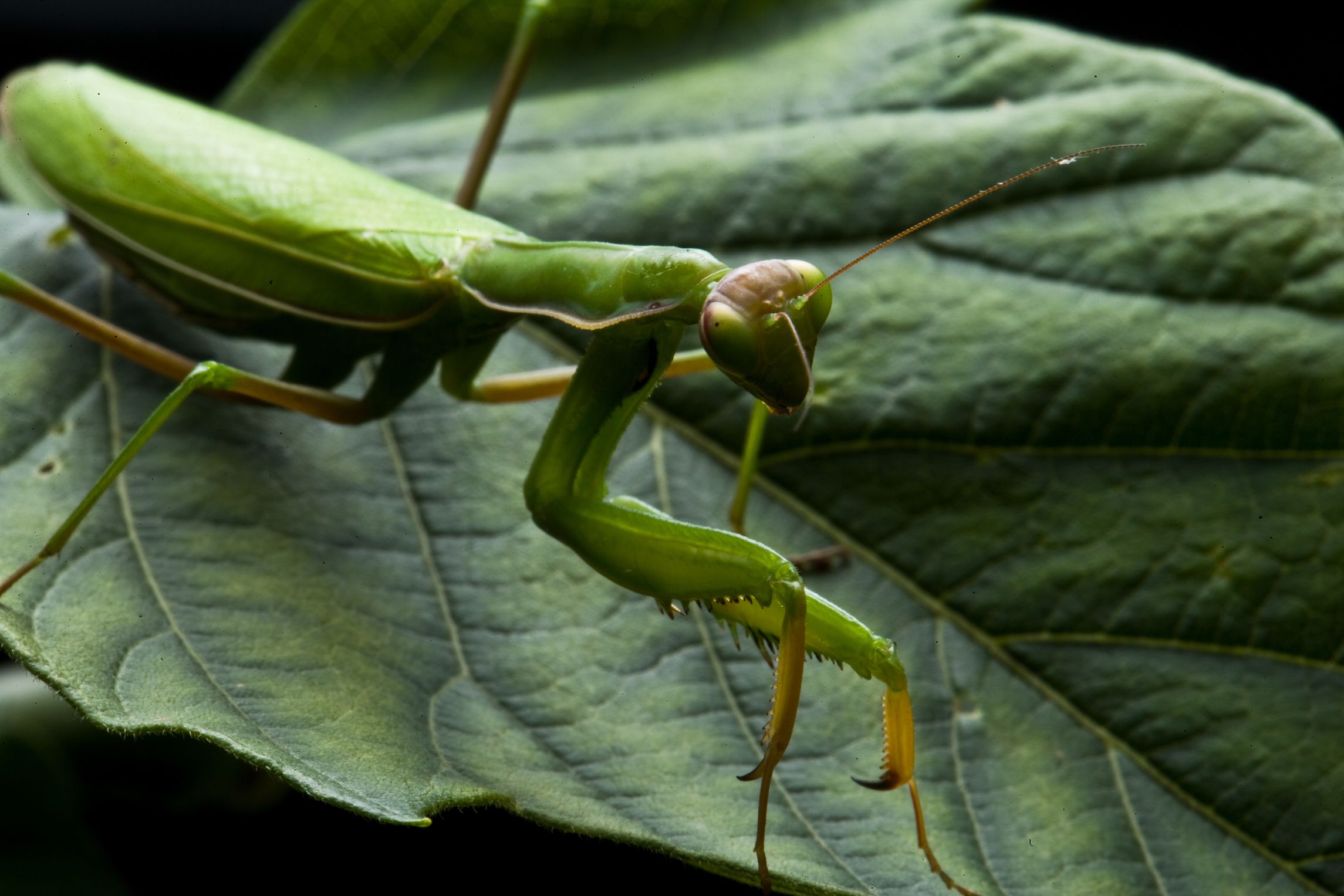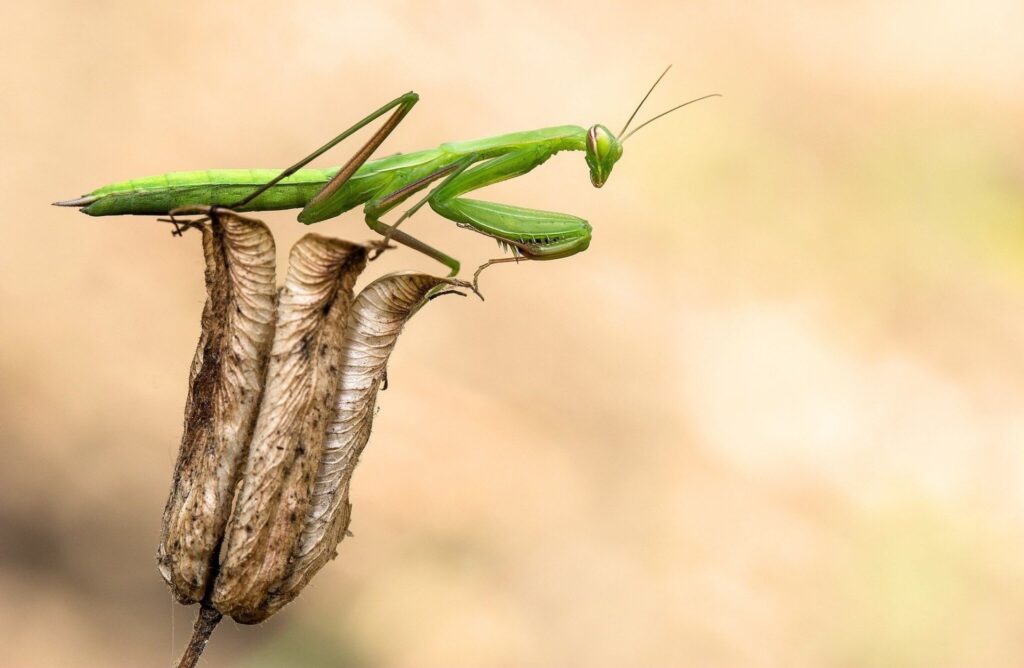Praying mantises are some of the most unique and captivating insects in the natural world. With their distinctive “prayer-like” posture, triangular heads, and large, grasping forelegs, they are a subject of fascination for many. Known for their predatory nature, mantises often hunt and consume other insects, and occasionally, even small vertebrates like frogs and lizards. However, one common question that people have when encountering these fascinating creatures is: Are praying mantises poisonous?
Understanding Praying Mantises
Praying mantises belong to the order Mantodea, and there are over 2,400 species worldwide. These insects are best known for their ambush predation style, where they remain motionless for long periods before striking with remarkable speed to capture prey. Their primary diet consists of other insects, although larger species have been known to capture small vertebrates like birds or reptiles.
Despite their fearsome hunting abilities, mantises are not venomous in the way many other predators, like snakes or spiders, are. However, understanding whether they pose a threat to humans and pets requires a closer look at their biology and behavior.
Do Praying Mantises Have Poison or Venom?
The short answer is no—praying mantises are not poisonous or venomous to humans or animals. They do not produce toxic substances like venomous spiders or snakes. However, mantises do have certain mechanisms that make them effective predators in their environment.
- Mandibles: While mantises do not possess venom, they do have strong, sharp mandibles (jaws) capable of slicing through the bodies of their prey. These mandibles allow them to grasp and tear apart their prey, which can include insects, small reptiles, or even small mammals. Although their bite can be painful if they feel threatened, it is not poisonous.
- Forelegs: The forelegs of a praying mantis are adapted for capturing and holding onto prey. These legs are equipped with spines that help the mantis grip tightly to its victim, preventing escape. While these forelegs are powerful and can deliver a strong blow if the mantis feels threatened, they do not have any poisonous properties.
- Defensive Behavior: Some species of mantises may display aggressive or defensive behavior when threatened. They may raise their forelegs, spread their “wings” (in species with wings), or sway back and forth to intimidate predators. This is not an indication of poison or venom, but rather a way for mantises to protect themselves from larger animals or potential threats.
Are Praying Mantises Dangerous to Humans?
For most people, encountering a praying mantis is a harmless and even awe-inspiring experience. The insect is not dangerous to humans in the sense that it does not bite unless provoked, and its bite is not venomous or poisonous. If a mantis does bite, it will likely cause minor discomfort, similar to a pinprick. The bite is not strong enough to break human skin, and any pain or irritation typically fades quickly.
While mantises are not poisonous, it is still advisable to handle them with care. Mantises are fragile creatures, and mishandling can harm them. Additionally, some species of mantises, such as the Chinese mantis, can have a more aggressive temperament if threatened, though they will usually only bite in self-defense.
Are Praying Mantises Dangerous to Pets?

Praying mantises are generally not dangerous to household pets like cats or dogs. While larger mantises can potentially capture and kill small prey such as lizards or baby birds, it is extremely unlikely for a mantis to pose any harm to a typical pet. If a mantis does bite a pet, the bite would be more of a defensive action rather than an intentional attack, and it would likely not cause significant harm.
That being said, certain pets—particularly smaller animals like hamsters, mice, or small reptiles—may be at risk from larger mantises. A large mantis may see these small creatures as potential prey, although this is a rare occurrence.
Benefits of Praying Mantises in the Garden
Despite their intimidating appearance, praying mantises are often regarded as beneficial insects, especially in gardens. As natural predators, they help control pest populations, including flies, mosquitoes, aphids, and other garden-damaging insects. Many gardeners intentionally attract mantises to their plants, where they can serve as a natural form of pest control.
Their role in the ecosystem highlights their value, as they reduce the need for chemical pesticides and help maintain a balanced environment. Furthermore, since praying mantises do not pose a risk to humans or animals in most cases, they are generally seen as harmless and helpful creatures in the wild and in garden spaces.
Conclusion
In conclusion, praying mantises are not poisonous or venomous to humans or animals. While they possess impressive hunting abilities, including powerful forelegs and sharp mandibles, these insects are not dangerous in terms of toxicity. A mantis may bite in self-defense, but this is not a venomous or harmful bite.
Overall, praying mantises are fascinating, non-threatening creatures that contribute positively to the environment, particularly by controlling pest populations. So, if you encounter one, there’s no need to worry about poison or venom—just appreciate its remarkable predatory skills and unique beauty.




Your comment is awaiting moderation.
רווח…!!!! – תירגעו ותקשיבו לדו ” ח שלי. התחלתי לספר לי איך נפגשתי, איך תפסתי את אנה, איך חזרה, ” אני רוצה שלשה תראה אותי מוצץ את הזין השמן שלך. “תן לי להתקלח,” אמר מקסים. – לא, אני סקס דיסקרטי